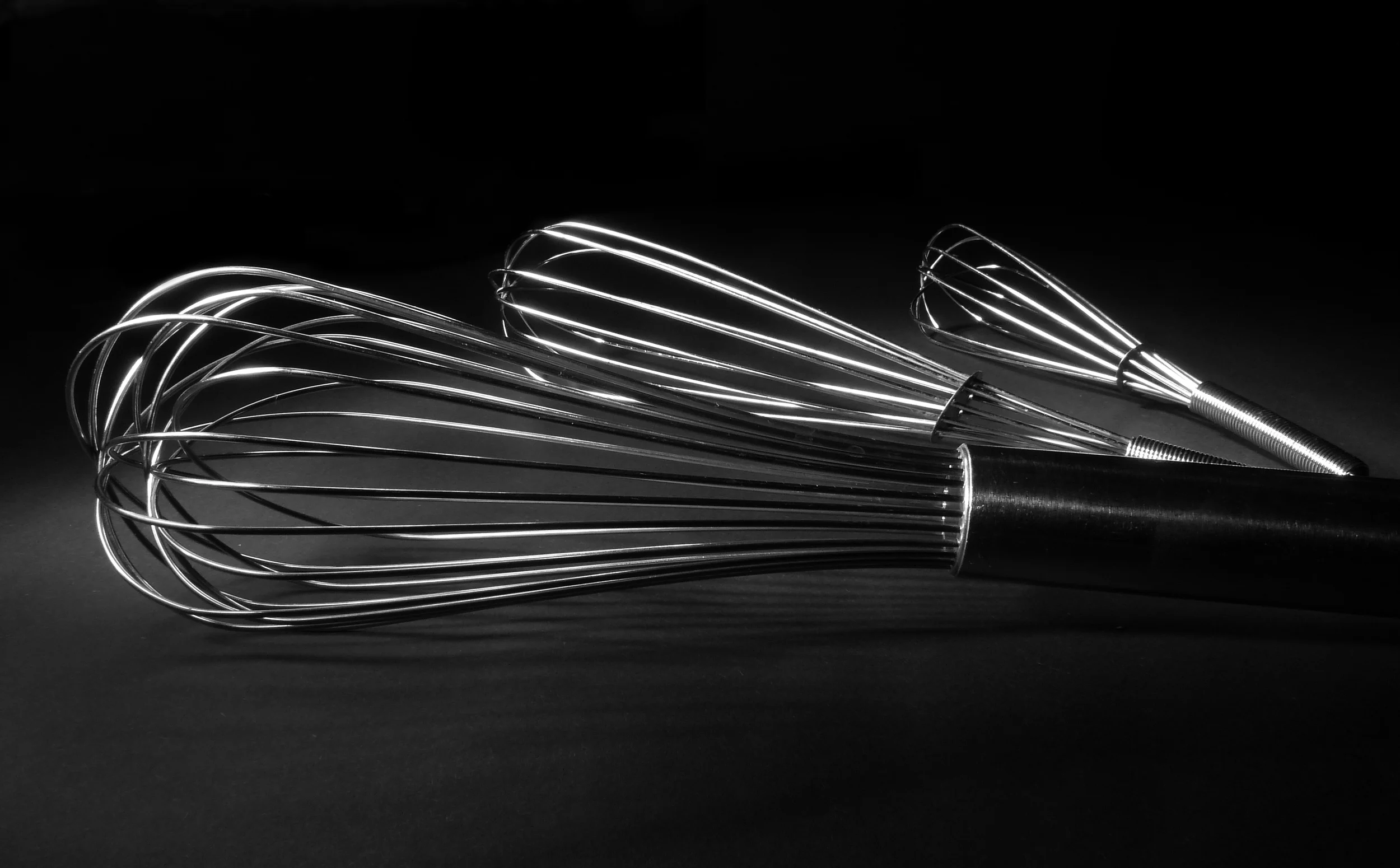 It’s 1891 and it’s rather cold outside in Springfield, Massachusetts.
It’s 1891 and it’s rather cold outside in Springfield, Massachusetts.
As the winds blow, James Naismith has been struggling with an assignment given to him by his supervisor, Dr. Luther H. Gulick at Springfield’s Young Men’s Christian Association (YMCA) Training School.
 Dr. Gulick wants a new vigorous indoor sport created for the School’s male students that equals the exercise value of such summer sports as American football and soccer.
Dr. Gulick wants a new vigorous indoor sport created for the School’s male students that equals the exercise value of such summer sports as American football and soccer.
And Naismith was given just 14 days to create an indoor game that would provide a much needed "athletic distraction" for the bored students.
Dr. Gulick further demanded that the new game should not take up much room, help to keep the school’s athletes in shape and explicitly emphasize fair play "for all players and not be too rough”.
(A little like being asked to create a new form of soufflé without heat, no?)

After some thought, Naismith divided his physical education class of 18 students into two teams of nine players each. He then directed their attention to the elongated commercial peach baskets he has strapped up high at either end of the gym.

He explained that the new game was played by throwing the ball (on this day a soccer ball was used) into each team’s basket while the opposing team tried to retake the ball and score points in their basket. And so basketball was born – thanks to a peach basket, a ball and one creative teacher.
 Well, not quite because there was the ladder. The ladder? Yes, because the peach basket still retained its hard commerce bottom requiring the janitor to climb a ladder after each score and remove the ball. An activity that, as you might expect, slowed the game down dramatically.
Well, not quite because there was the ladder. The ladder? Yes, because the peach basket still retained its hard commerce bottom requiring the janitor to climb a ladder after each score and remove the ball. An activity that, as you might expect, slowed the game down dramatically.
By 1906, the basket bottom had been removed (great decision) and the wooden fruit basket was replaced by a chicken wire frame. Still later the wire frame was replaced by a net 15 to 18 inches in length.
And while the net’s supporting metal ring is now universally called the “hoop”, everyone still refers to the score as “making a basket”.

So, please, don’t forget the noble peach who got it all started when you plan your March Madness promotionals. After all, it did all began with those specially designed long beautiful peach baskets.
Your Culinary World copyright Ana Kinkaid/Peter Schlagel 2013

















